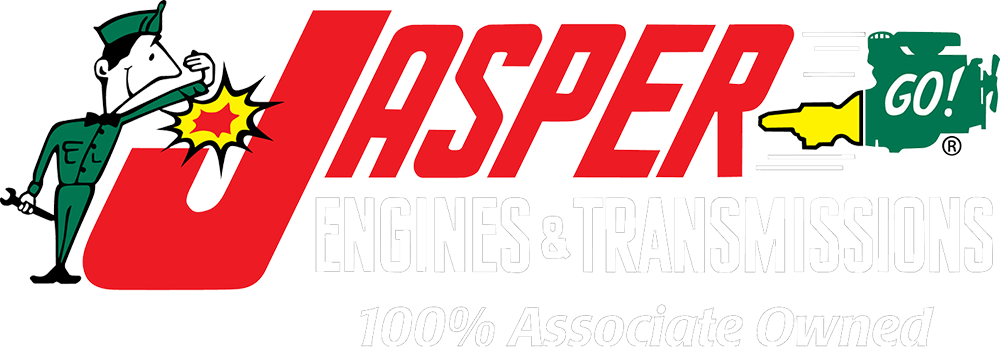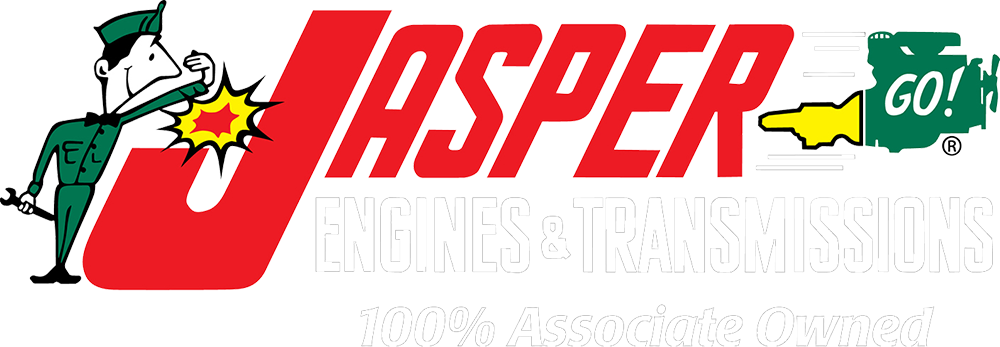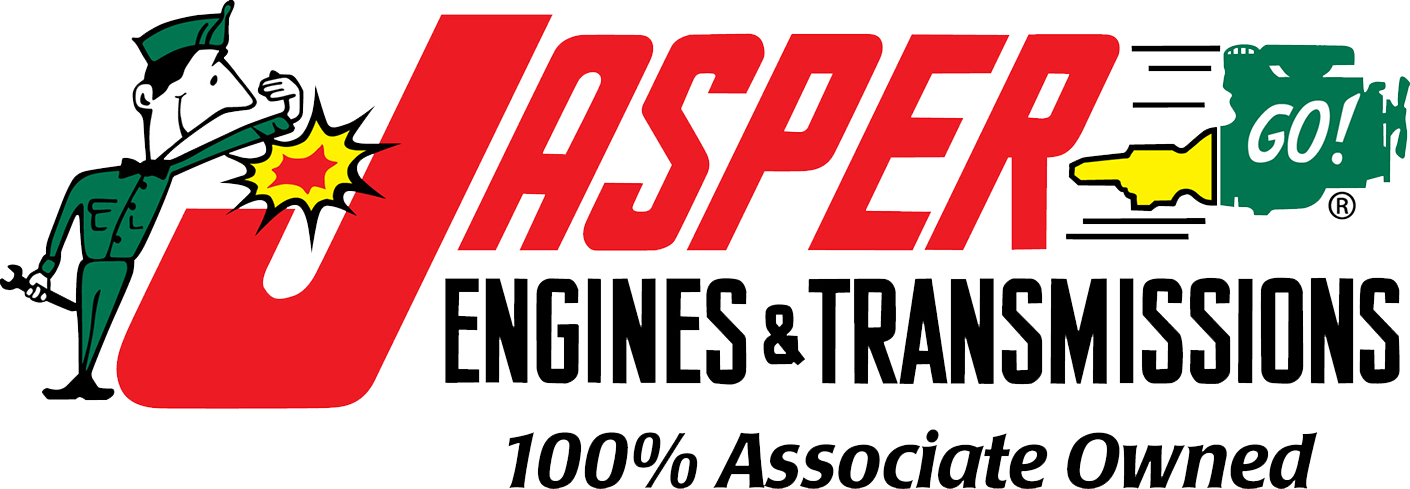Remanufacturing Components: Meeting and Exceeding Fleet Needs and Vehicle Lifecycles
When it comes to vehicle components and systems, there is always a chance something might fail. In most cases, fleets can count on the OEMs and their suppliers to provide top-rated experiences that need some minor fixes along the life of the vehicles they offer. But there are times when some of the more costly components, such as certain powertrain components, can cost the fleet time, money, and headaches.
OEMs spend millions of dollars and countless labor hours ensuring that the vehicles they build, as well as the components that power and move them, run efficiently and effectively. For Jasper Engines & Transmissions, that journey is one they choose to extend through extensive research and development to meet or exceed OEM specifications, materials, and design. And with more than 80 years of experience, customers are afforded a product that meets their needs and expectations as well, along with a standard warranty of either three years or 100,000 miles.
The Difference Between Used, Rebuilt,
and Remanufactured
Not all powertrain components are the same, and this has as much to do with how you get your parts as it does with where you get them. In most cases, used components come directly from another vehicle, usually those spending their final days in junkyards, and oftentimes, the surfaces are not even cleaned. There are no requirements in terms of disassembly, internal and external cleaning, or inspection when choosing to install a used component. Many times, they have high mileage and poor maintenance history or were involved in an accident and have suffered unseen damages.
When you rebuild a component, it is cleaned, inspected, and any severely worn or broken parts are replaced. Other parts are reused if they meet the OEM’s acceptable wear limits. These components vary in terms of quality and usually only come with a limited warranty.
JASPER® markets remanufactured components, offering something that is as close to new as possible. Most of the wearable parts are automatically replaced, while the core material is thoroughly cleaned, inspected, and tested against OEM specifications. The replacement parts in the component are either new, remanufactured, or requalified.
Starting With Teardown
To get a better idea at where an issue might exist, it’s always best to start at the beginning, which JASPER’s engineers do by meticulously reviewing and auditing every component they offer. This process gives them the ability to fine-tune every piece of the puzzle, creating a solution that meets OEM specifications.
With the luxury of time on their side, the JASPER team looks for inherent design issues in the engines and transmissions they remanufacture. These sometimes evidence themselves in the form of imperfect piston designs, subpar materials, machining flaws, or issues with heat displacement. The engineers have also found ways to improve the head gaskets with a more robust design, allowing for longer overall component lifecycles, or even using nitrided valves for superior hardness, resistance to high temperatures, and friction reduction. Sometimes these improvements include installing the latest design oil pump or chain guide, adding more oil return holes in pistons for increased oil drainback to reduce oil consumption and prevent the oil rings from sticking, or using a proprietary antifriction wear-resistant polymer coating on bearings to help increase overall longevity.
After determining the necessary improvements, the engineers remanufacture the engine or transmission to the upgraded specs and go over everything with a fine-tooth comb to ensure that everything will endure the real-world situations that fleets find their vehicles in throughout the work week. These upgrades cost realworld dollars when it comes to research, development, and manufacturing, but for JASPER, quality comes out above dollars and cents.
Putting it to the Test, and Another Teardown
Once an engine is built to the new updated specifications, it is put through an accelerated wear test. This durability testing consists of 50 hours on a computerized dynamometer, with breaks taken every eight hours to replace the engine oil, check compression, and inspect engine filters. This process puts the engine through one-third of its lifecycle, giving the engineers a sneak peek into the different components’ future and mirroring real-world conditions with maximum load and pressure placed on all of the cylinders.
The system monitors and logs data on variable valve timing operation, oil pressure and temperature, water flow and temperature, exhaust temperatures, individual cylinder knock identification, oil consumption, and changes in engine timing due to wear in timing components. This process also allows the JASPER team to test the different engine parts, tolerances, oil pressure, sensors, and solenoids.
After shutting down the process, the engine goes through a second teardown to allow the engineers to measure and audit any premature wear on the components. Combining this with the data that was recorded with the computerized dynamometer, the team can then decide if any further improvements need to be made to the engine before it goes into final production. In all, the powertrain systems go through a year to a year and a half of development and testing before going through a Zero Defect Launch training process in production.
Customers Benefit From Rigorous Research, Development, and Testing
With all the time and manpower that goes into each one of these remanufactured components, customers see immediate improvement over their previous engines, on top of the standard 3 year/100,000-mile warranty that they receive. Fleets will experience longer engine life and save money by extending the lifecycles of their vehicles.
In a time when vehicle prices — both new and used — are rising, and supply chain woes are extending order-to-delivery times, it is important that fleets have another option to keep their vehicles running and their clients happy. Choosing remanufactured components over used or rebuilt ones — or even purchasing new vehicles — can save fleets thousands of dollars annually and keep the rubber on the road that much quicker.
For more information, contact us at (800) 827-7455.



